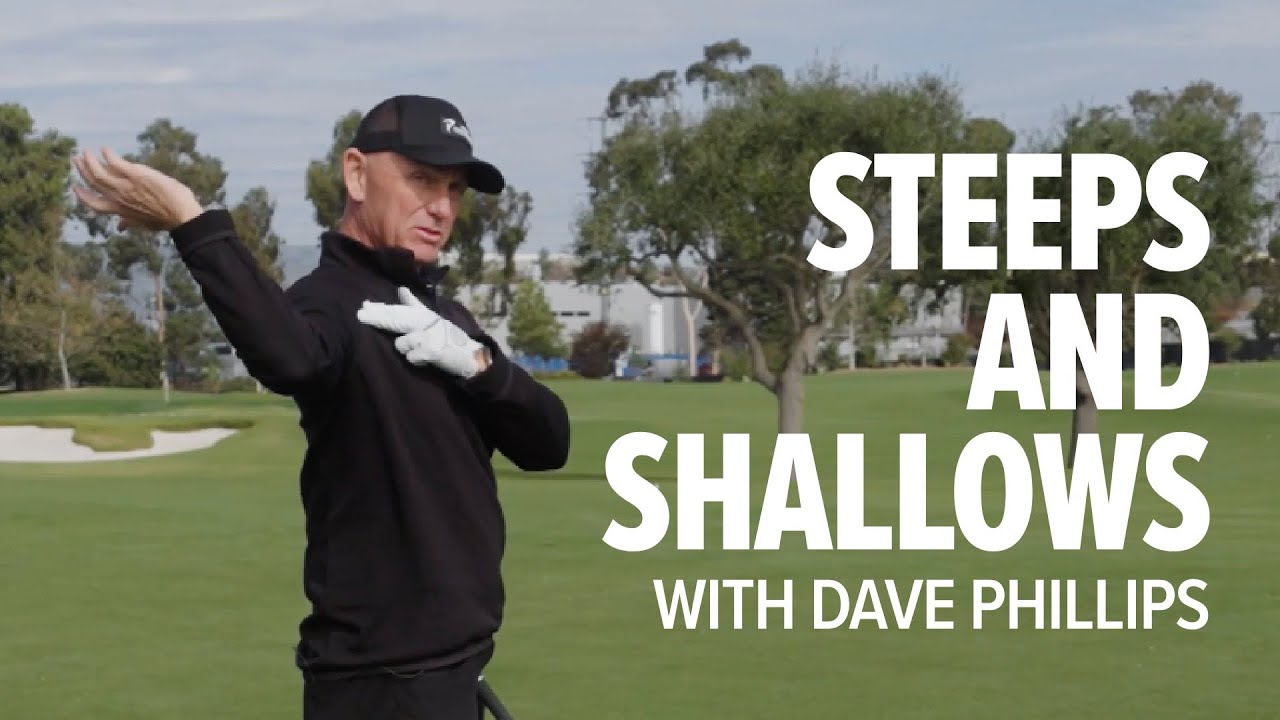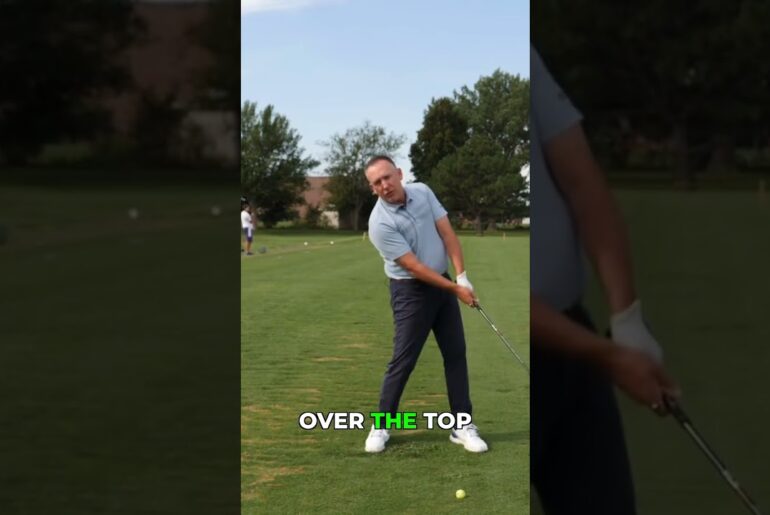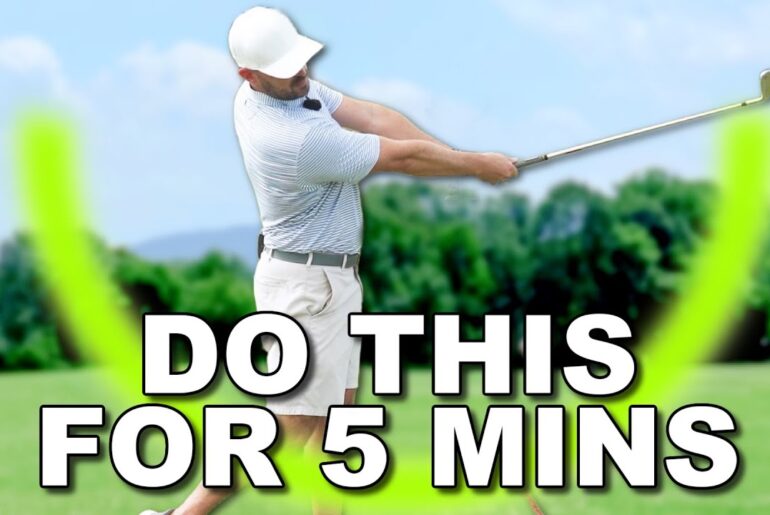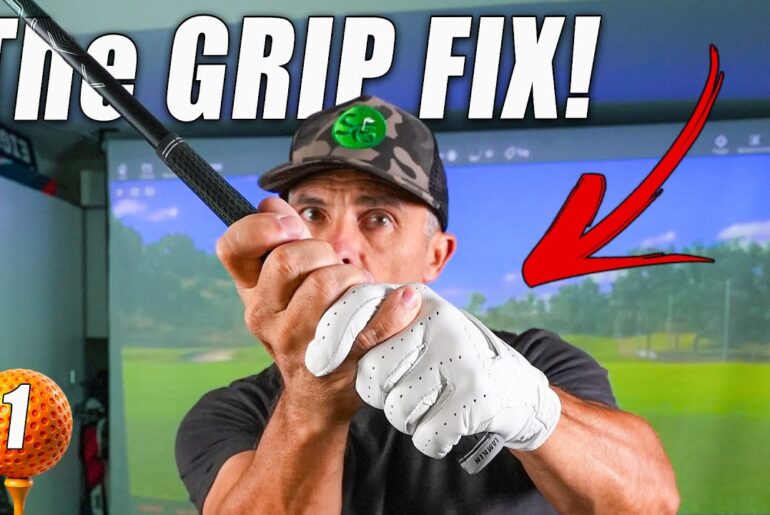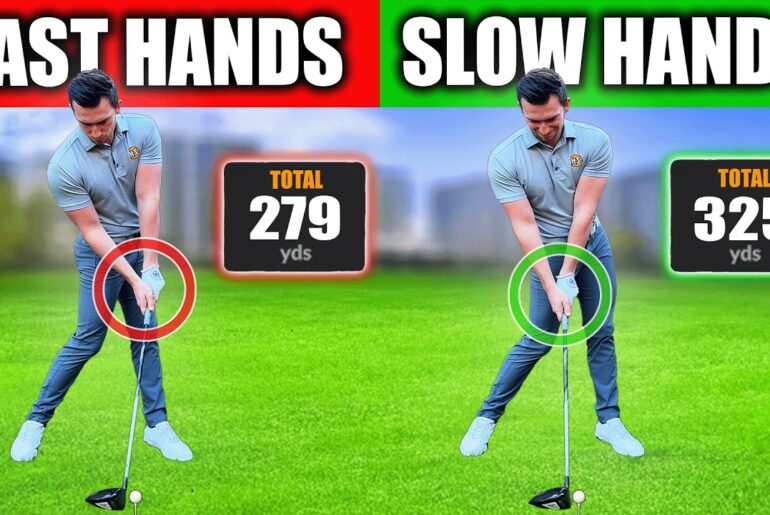In this video, TPI co-founder Dave Phillips discusses planing mechanisms – how you can shallow or steepen the arc of the club as you swing. Subtle changes in the way you use your wrists, your elbows, shift laterally, etc., can profoundly change the way you deliver the club to the ball. By understanding and managing these steepening and shallowing mechanisms in your own swing, you’ll unlock your ability to make solid contact shot after shot.
» Subscribe to Titleist: https://www.youtube.com/@titleist?sub_confirmation=1
For more information on how data from 3D motion capture, force plates and physical assessments can help your game, check out @myTPI’s YouTube channel: https://www.youtube.com/mytpi
#GolfTips #Titleist #TPI
So, a lot of times we’re trying to get the club on plane. As an instructor, when I set up, we have a shaft plane. The closer I can bring this club back to its original plane, the better I’m going to be, the more accurate I’m going to be, right? However, there are forces involved, ground force, vertical force, rotary force. And depending on how you apply force and where you apply force, that can raise the club up, drop the club down, steepen it, and shallow it. This can all relate to what we call planing mechanisms. Now, you have multiple planing mechanisms. The big ones are your wrists. So, your wrists can flex and extend. Now, if you can flex and extend, that’s great. But if you’re limited, that could affect your ability to move the club on the correct plane. So you always want to look at what you can do. There’s also supernation and pronation. The rotation of your forearms is a planing mechanism as well. The other things that are planing mechanisms are your shoulders. So if I have great rotation in my shoulder, some of you don’t. So, in order to get the club, say I’ve got my arms out here like this, in order to get it back down in front of me, I ideally need to be able to rotate my shoulder. If I can do that, then I can shallow the club. If I can’t do that, the club will steepen. So, you got to remember there’s lots of ways to plane the club. We can do it with our wrist angles. We can do it with our shoulders. We can do it with our forearms. We can actually do it with our body. So other ways to get the club to plane and get either shallower or steeper. The more I rotate, the steeper the shaft gets. The more I shift laterally, the shallower it gets. So you have all these mechanisms in your golf swing that you don’t think about that help you get the club on plane, above plane, under plane. So, if you’re working with someone and they say you’re steep or you’re over the top, you’re steep or over the top, you’re kind of a twister. You twist and the club gets steep. So, what do you think you need? Well, if I’m a twister, I don’t want to twist. I need to actually rock. If I rock a little bit and from the face on view, if I actually rock a little bit, I can shallow the club, then twist. But if you twist early, you’re over the top. So you can see how the body has all these little compensations in order to get the club to deliver to the golf ball effectively. So understanding your physical abilities, what you’re capable of, and that’s why there’s so many different types of swings. Like you look on the the PJ tour, the LPJ tour, everybody’s got a different swing today. There’s different wrist positions, there’s different places that the club is in, and they’re all incredible golfers. So it doesn’t matter. There’s not one way to swing the club. There’s millions of ways to swing it, but it’s based on what you can physically do. And if you can use your wrists and you can use your elbows and you can use your shoulders and you can use your hips, you can shallow and steepen the club as need be. So, you don’t have to be perfect. You just need to understand what your shallowing mechanisms and steepening mechanisms are. And if you can do that, you can be a really good golfer.

